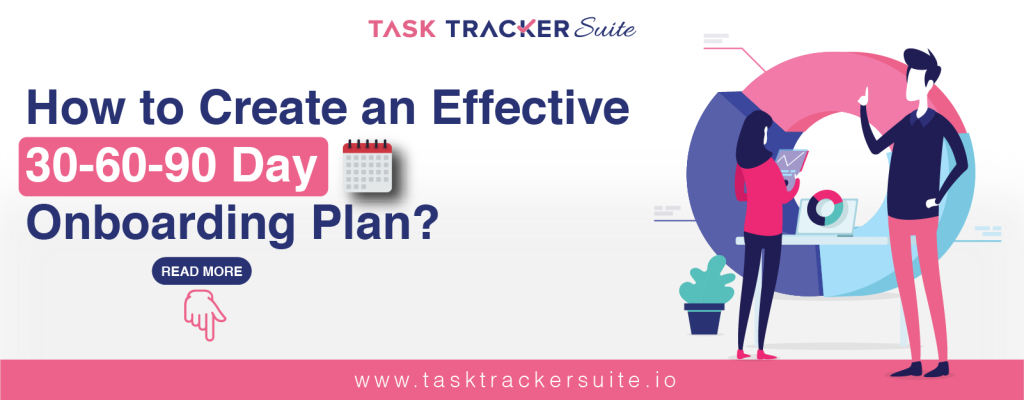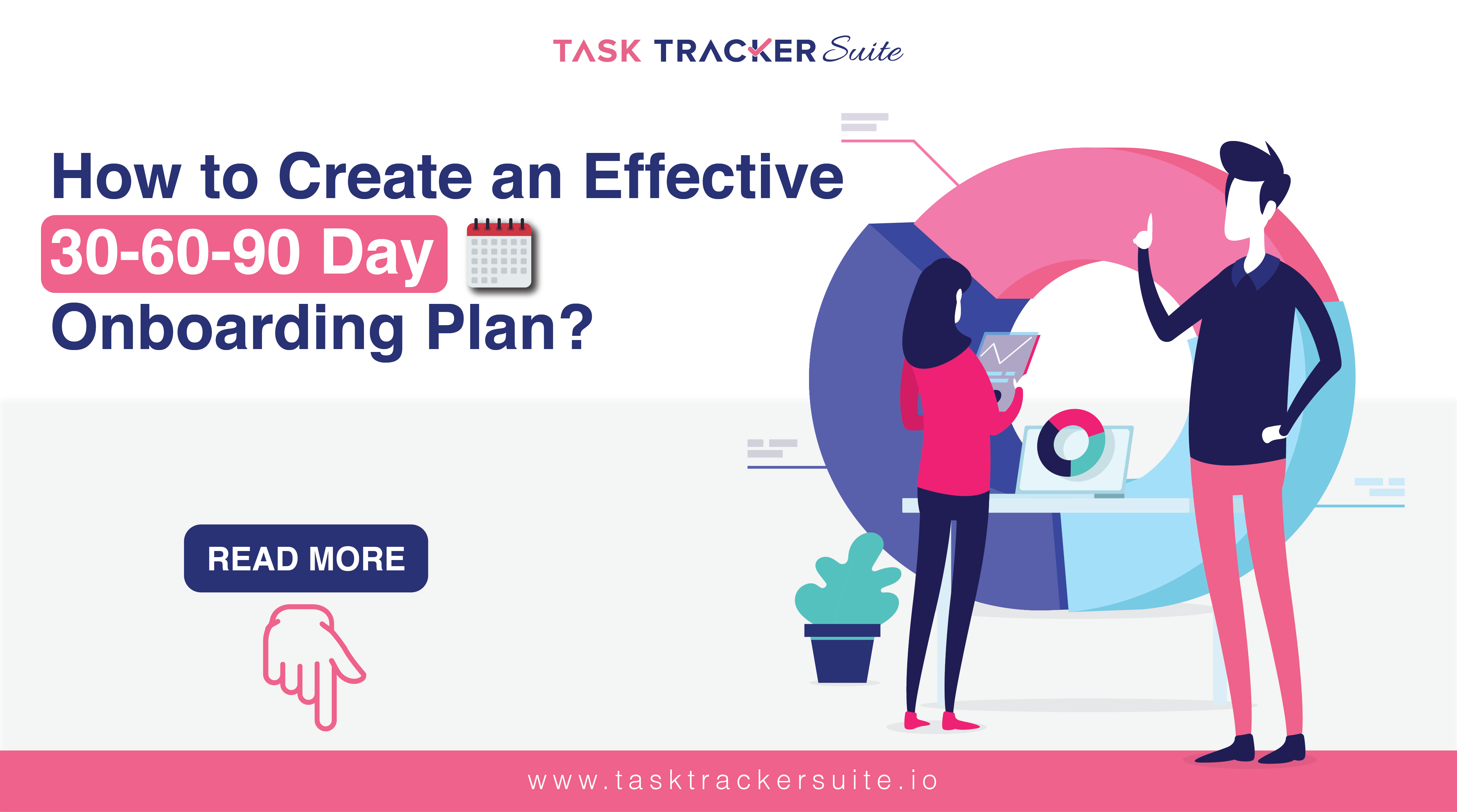
For any organization, onboarding new employees is a critical task as every new member have a great impact on the team. For an effective hiring process, HR or managers can use a 30-60-90 day plan as it helps new hires transition smoothly into their roles, understand the company culture, and become productive team members. Here’s a comprehensive guide to creating a successful onboarding plan.
What is a 30-60-90 Day Onboarding Plan?
A 30-60-90 day onboarding plan is a structured framework that outlines clear goals and expectations for new employees during their first three months on the job. This approach breaks down the onboarding process into three distinct phases, each with specific objectives and milestones.
Benefits of a 30-60-90 Day Onboarding Plan
- Clarity and Direction: Provides new hires with a clear roadmap, reducing uncertainty and anxiety.
- Goal Alignment: Ensures that new employees’ activities align with company goals and objectives.
- Performance Tracking: Facilitates monitoring of progress and identification of areas needing improvement.
- Employee Engagement: Boosts engagement by providing structured support and feedback.
- Faster Integration: Accelerates the integration process, enabling new hires to contribute effectively sooner.
Creating an Effective 30-60-90 Day Onboarding Plan
Following are the 4 steps following which you can create an effective plan for onboarding:
1. Pre-boarding Phase
Before the new hire’s first day, there are several things that a company needs to do to ensure a smooth start:
- Welcome Packet: Send a welcome packet containing essential information about the company, their role, and what to expect on the first day.
- IT Setup: Ensure that all necessary equipment, software, and access credentials are ready.
2. The First 30 Days: Orientation and Learning
Objectives:
– Get familiar with the company culture and values.
– Understand the role and responsibilities.
– Begin initial training and skill development.
Actions:
- Day 1 Orientation: Conduct a comprehensive orientation session covering company history, mission, values, and organizational structure.
- Meet the Team: Schedule meetings with key team members and stakeholders.
- Role Overview: Provide a detailed overview of the role, including job description, key responsibilities, and immediate priorities.
- Training Sessions: Start with essential training programs, including software, tools, and processes relevant to the role.
- Regular Check-ins: Schedule regular check-ins with the manager to address any questions and provide feedback.
3. The Next 30 Days: Deeper Engagement and Skill Building
Objectives:
– Gain deeper insights into the role and team dynamics.
– Begin contributing to team projects.
– Enhance skills through targeted training.
Actions:
- Project Participation: Assign the new hire to small projects or tasks to apply their training and start contributing.
- Continued Training: Provide additional training sessions focused on advanced skills and role-specific knowledge.
- Feedback Sessions: Conduct bi-weekly feedback sessions to review progress, address challenges, and set new goals.
- Continuous Learning: Encourage participation in team meetings and learning opportunities to understand team dynamics and workflows.
4. The Final 30 Days: Full Integration and Contribution
Objectives:
– Achieve full integration into the team.
– Take ownership of key projects.
– Demonstrate measurable contributions to the company.
Actions:
- Project Leadership: Assign the new hire to lead a project or take on significant responsibilities within a team project.
- Performance Review: Conduct a formal performance review to assess achievements, areas for improvement, and future goals.
- Career Development: Discuss long-term career goals and create a development plan to support professional growth.
- Celebrate Milestones: Acknowledge and celebrate the completion of the 90-day onboarding period and significant achievements.
Conclusion
An effective 30-60-90 day onboarding plan is crucial for setting new employees up for success. By breaking down the onboarding process into manageable phases, you can provide clear guidance, continuous support, and valuable feedback, ensuring that new hires feel welcomed, engaged, and prepared to contribute to the company’s success.
Implement these strategies, and you’ll not only improve your onboarding process but also foster a positive work environment that retains top talent and drives organizational growth.


Leave a Reply